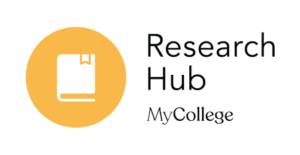Self-directed learning, autonomy and distance learning
Written By: Author(s): Eva Knechtelsdorfer

6 min read
Chartered College of Teaching · Self-directed learning, autonomy and distance learning
One thing that everybody involved in the education system has learned over the last couple of months, is how flexible and adaptive learning environments can be. Emergency remote learning had to be established quickly in school systems worldwide and new challenges emerged. Now more than ever it has become clear that resilience, adaptiveness and self-regulation are essential factors in learning. To prepare students for 21st century challenges, schools need to address skills such as time-management, goal setting, decision-making, problem-solving and study skills, as well as attending to subject knowledge. This presupposes an appreciative teacher-student relationship that acknowledges students' autonomy and authority in the learning process.
Self-directed learning (SDL) - the process in which an individual takes initiative for their own learning (Knowles, 1975) - is based on the assumpt
Join us or sign in now to view the rest of this page
You're viewing this site as a guest, which only allows you to view a limited amount of content.
To view this page and get access to all our resources, join the Chartered College of Teaching (it's free for trainee teachers and half price for ECTs) or log in if you're already a member.
0
0
votes
Please Rate this content
Please login to comment
0 Comments
Oldest
Newest
Most Voted
Inline Feedbacks
View all comments










